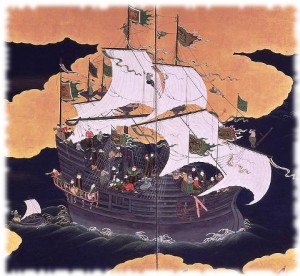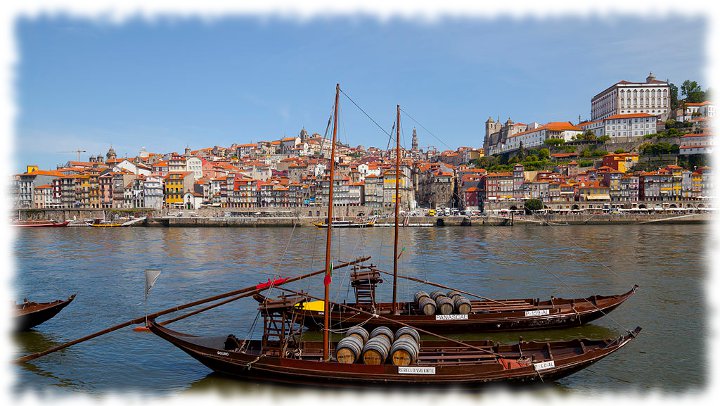Back in the day
Long before the golden age of discovery led by Prince Henry ‘the Navigator’ in the 15th century, the area known as Portugal has since ancient times always been a ‘melting pot’ of cultures. From the ancient Lusitan & Celtic tribes and assimilation into the Roman Empire, to the Germanic and Moor invasions of the Middle Ages, this territory has seen many visitors.
By 1249 the Cristian Reconquista ended with the Portuguese Kingdom conquering most of its present-day borders. With peace amongst the Christian Kingdoms of the Iberian Peninsula and the need to expand the domains of the small medieval kingdom of Portugal, the Portuguese were required to look overseas for new territories. The Christian Crusading fervour of the time was also a determinant factor on choosing to embark and conquer African territories at the time dominated by Islam.
As the Portuguese penetrated into North Africa, an ambition started to take form in the minds of our ancient rulers: the control of the spice trade. The spice trade dominated most of Europe’s economy at the time with goods such as pepper, cinnamon, cloves and nutmeg being highly valuable in medieval European markets. Pepper alone was so valuable that it was commonly used as currency in trading agreements. With this in mind the Portuguese set as their primary goal to find a sea route to India, and when Vasco da Gama finally reached Calicut in 1498 they were set to establish a worldwide trading empire.

A Portuguese Nanban carrack, Japanese painting from the 17th century.
By late 16th century the Portuguese territory span all across the world, with settlements in Africa, South America, the Persian Gulf, India and China and its trading network reaching even as far as Japan. This brought the Portuguese into contact with many different cultures and the exchanging of goods and knowledge with the recently established trading partners occurred naturally. Red and green chillies were brought from South America and introduced in Africa and Asia where they’ve been cultivated since. In Africa, different types of chillies were cross-pollinated originating piri-piri which was then traded in India and China and now make a main ingredient of the most prestigious Asian cuisines. In Japan, the Portuguese introduced the tempura and the valuable refined sugar which was later used to create nanban-gashi.
But also other foods were being commercialised. Goods such as potato, tomato, pumpkin, aubergine, cashew nut, papaya, passion fruit, pineapple, guava, coriander, garlic and ground turmeric were for the first time crossing continents and making the world’s cuisine richer all around the globe.
In more recent times
As part of the European Union, Portugal has been a democracy since 1974 when the Carnation Revolution peacefully overthrew almost half a century of fascist military dictatorship and put an end to colonial war in Angola, Mozambique and Guinea. With the fall of the dictatorship, Portugal granted independence to its last overseas territories with the exception of the Azores and Madeira archipelagos.
Having joined the European Union in 1986, Portugal enjoyed a grace period of development from the late 1980’s to the mid-nineties but due to poor management, corruption and the current economic situation Portugal is now facing one of the most severe economic crises in its history.
This young democracy has not given up however, and even though the struggle is great the Portuguese are turning to innovation once again as a weapon to fight austerity. With its great history, beautiful landscapes and delicious cuisine this little corner of Western Europe has still a lot to offer to the world. Hopefully this website will help you discover a little bit more about Portugal.


